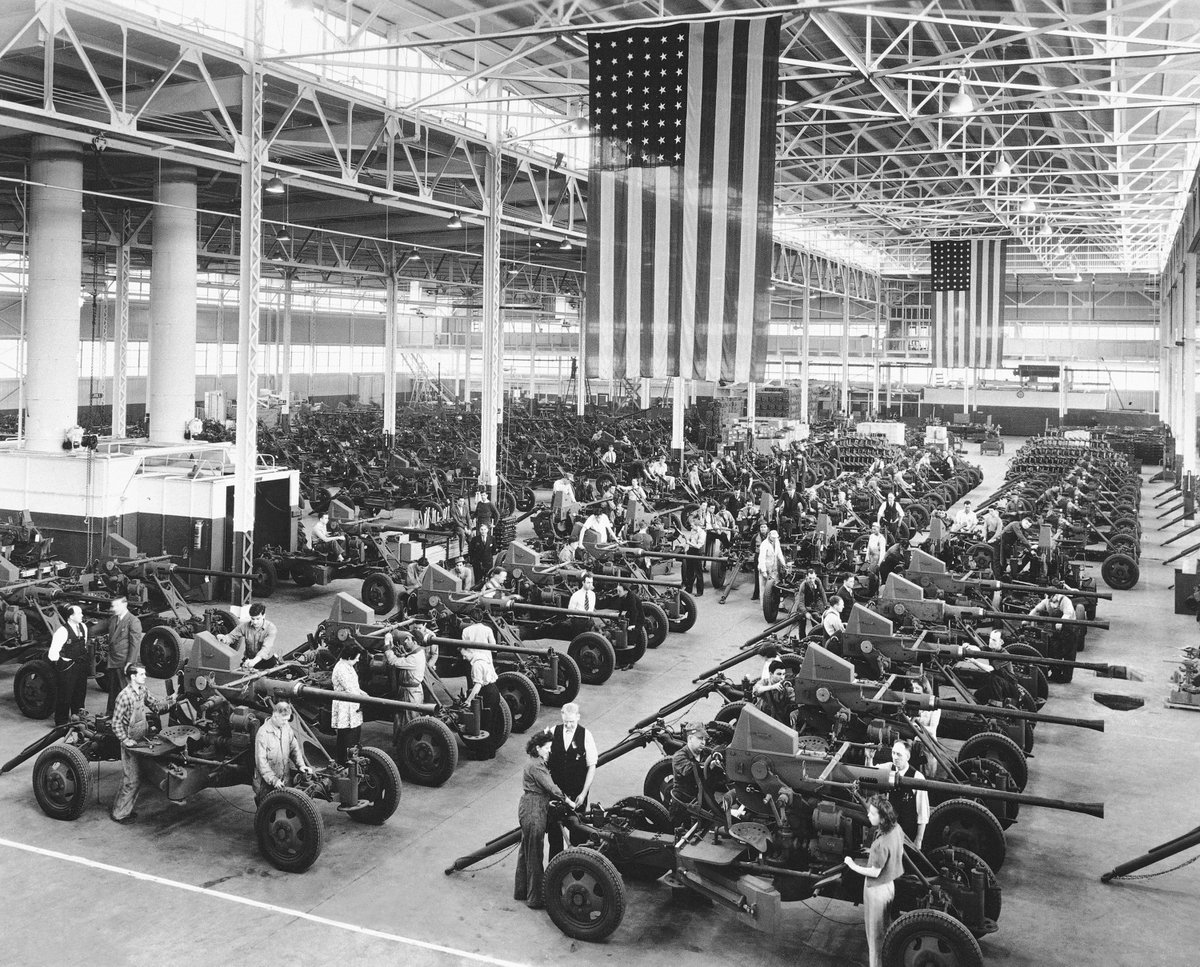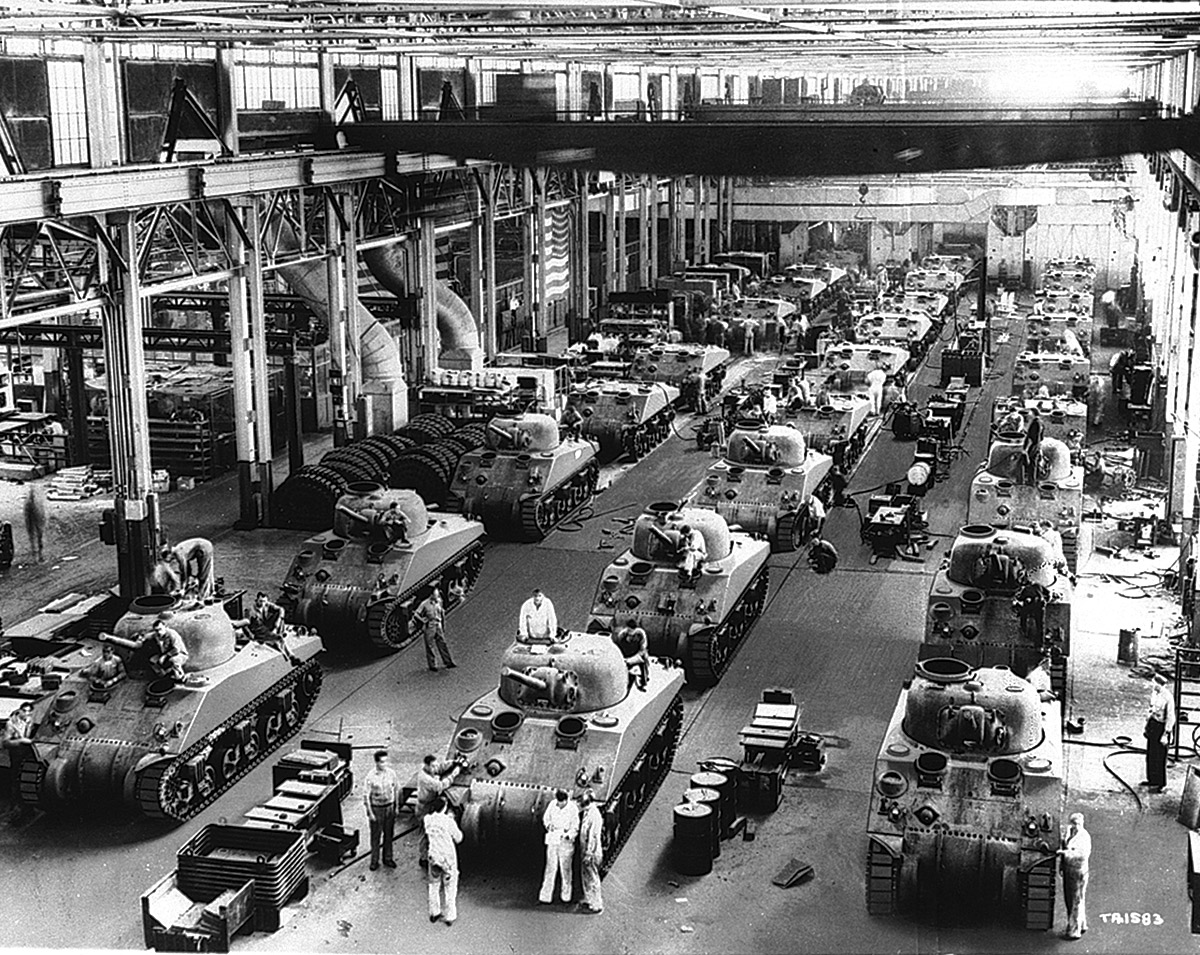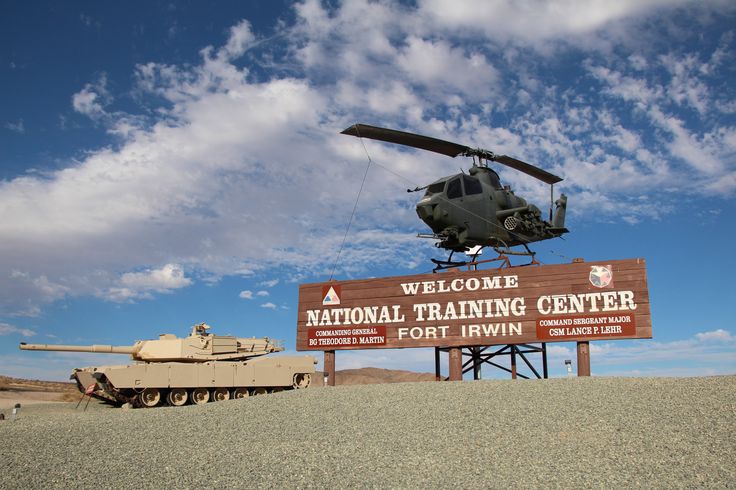
The persistent disagreements over the Air Corps’ desire to develop long-range bombing capabilities were a concern for years. They had to find another way to make the advances they knew would be necessary.
In 1938, the US Army Air Corps made a request for $500,000 that would be used for development toward the following objective: a 35-ton aircraft capable of reaching 30,000ft altitude and capable of carrying a 4000-lb bomb-load for 4000 miles.
This was asking for more than just money. It involved going against two very clear policies that the Air Corps had already been protesting for years @usairforce 👀
One policy was that the @USNavy should retain the traditional responsibility of protecting the seas and thus there should be no need for long-range Army Air capabilities. @usairforce
And the second policy – under the arms reduction treaty, long-range heavy bombers were considered “aggressive” and thus prohibited. Only “defensive” weapons were allowed.
So, the request was denied. Again.
The G4 gave the Air Corps the following instructions from the Army Chief of Staff:
“Experimentation and research will be confined to types of aircraft for the close support of ground troops… No funds to be set up for the development of the large, heavy bomber types.”
“Experimentation and research will be confined to types of aircraft for the close support of ground troops… No funds to be set up for the development of the large, heavy bomber types.”
That year, $648,000 in requests for development of a pressure cabin and diesel motor were canceled. But this freed up money for developing the pursuit airplane and the aerial torpedo.
In 1939, the Air Corps convinced the G4 to reallocate $810,000 from other funds. The full amount was made available to the Air Corps for research and development. They would have about $7,524,000 to work with in all.
In 1940, the Air Corps was given a little over $9-million, but then the budget was reduced to under $8-million. That wasn’t a problem, however, as President Roosevelt had pushed to expand the air program resulting in an additional $5-million being awarded.
So, in 1940, the Air Corps had almost $13-million to work with, and $10-million of that was theirs to use.
When France fell to Germany in June of 1940, there was an increase in the desire to support research and development in the United States.
In Fiscal Year 1941, which ran from 1 June 1940 to 30 June 1941, there was more than $25-million spent on R&D by all other Branches of the @USArmy except the Air Corps. The Air Corps spent $102-million on research and development.
Of that total, $42,540,012 was spent on service tests for a heavy bomber. Something the Air Corps had been firmly told not to do any research and development on whatsoever. @usairforce
We hope you're enjoying the "Building an American Army" series! If you're just tuning in or you've missed any of the previous threads, you can find them all saved on this account under ⚡️Moments or with this direct link twitter.com/i/events/13642…
• • •
Missing some Tweet in this thread? You can try to
force a refresh
































